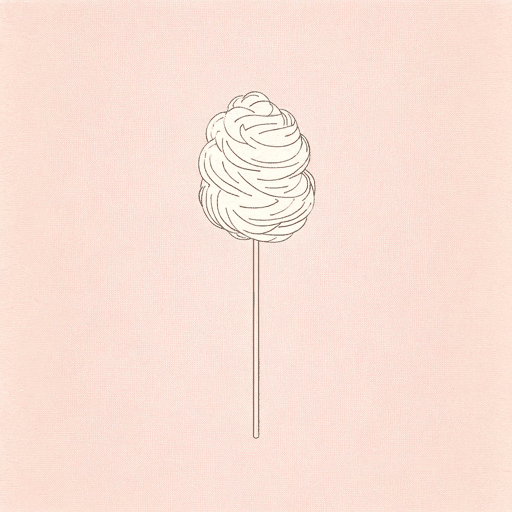18 pages • 36 minutes read
Geraldine ConnollyThe Summer I Was Sixteen
Fiction | Poem | Adult | Published in 1998A modern alternative to SparkNotes and CliffsNotes, SuperSummary offers high-quality Study Guides with detailed chapter summaries and analysis of major themes, characters, and more.
Poem Analysis
Analysis: “The Summer I Was Sixteen”
Influenced by the principles of lyric and confessional poetry, “The Summer I Was Sixteen” is an autobiographical poem, using the first-person pronoun “I” within the title. Connolly writes about her 16th summer, the summer of 1964, in the past tense, reflecting on her former self and her experiences with the perspective and clarity brought on by adulthood. The tone is that of amusement, detailing childhood preoccupations in a way that is true to both her past and present selves.
Connolly utilizes all five senses to draw readers deeper into the landscape of her childhood. Readers are inundated with sensory information from the outset of Stanza 1, which describes the “turquoise pool” (Line 1), the central location of the poem, and its “silver” (Line 2) slide glinting in the sunlight. The use of color creates a vivid image that is reinforced by the assumed smell of chlorine and the warmth of the summer sun. The singular “I” becomes “we” within the body of the poem, alluding to the fact that Connolly “plunged” (Line 3), “sunbathed” (Line 8), and “danced” (Line 9) by the poolside with friends, characterizing the joy de vivre of young adulthood as a communal experience.

